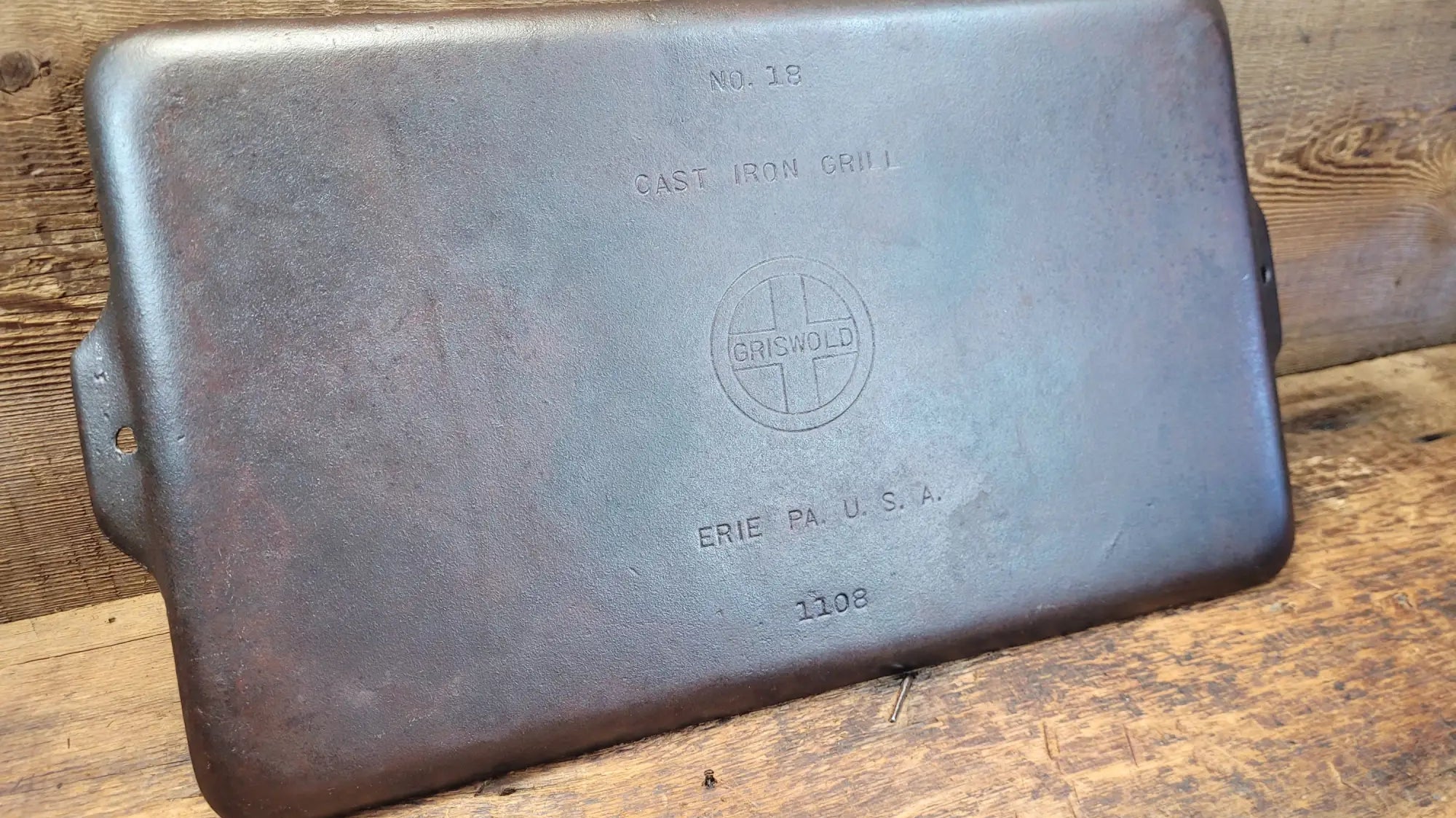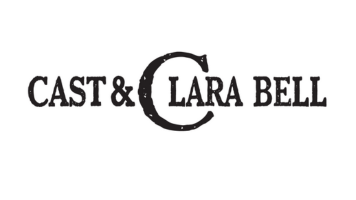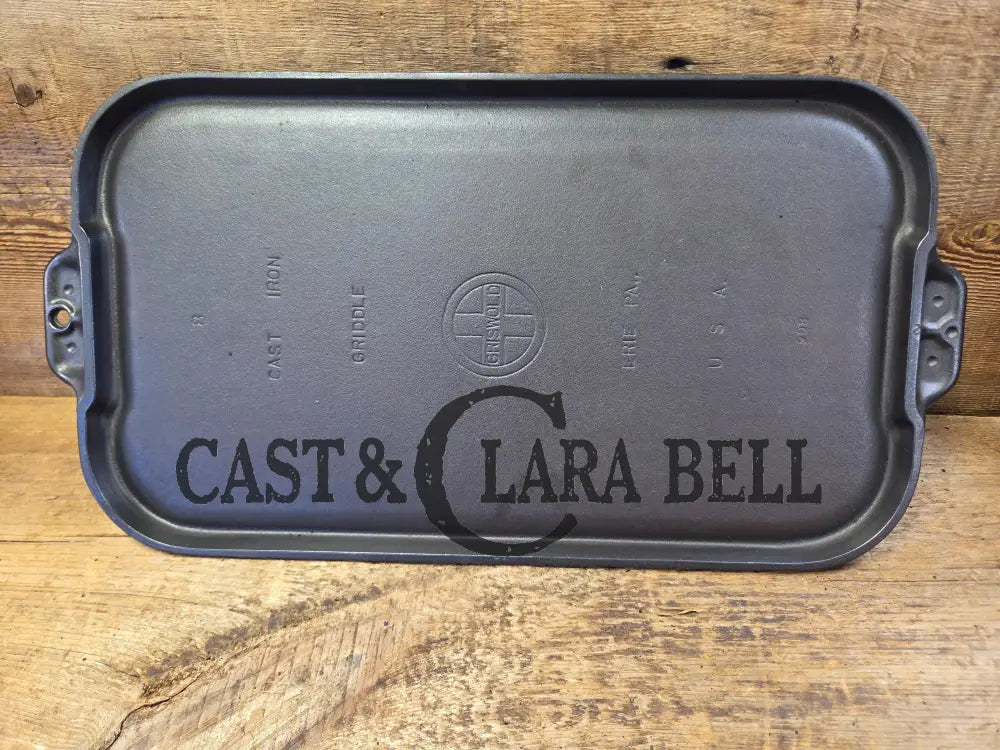Blog: Cast Iron Basics and Discussions
The Restorer's Take: Wagner Cast Iron Skillets
Wagner cast iron skillets have earned their place as kitchen workhorses and collector favorites alike. Made from the 1890s through mid-century, these skillets are known for their elegant simplicity, lightweight design, and ultra-smooth interiors. Whether you prefer the classic heat ring or the later smooth bottom models, Wagner pans deliver reliable performance, easy handling, and a timeless look that fits any kitchen. With a reputation for quality that rivals Griswold—but often at a more affordable price—Wagner is the go-to choice for cooks who want vintage charm and everyday usability. Want to learn more or find the perfect Wagner skillet for your home? Reach out to us at restore@castandclarabell.com.
Is cast iron non-stick? Why is my food sticking?
Cleaning cast iron: To Soap or Not To Soap?
Will soap ruin your cast iron skillet? Not at all. In this post, we break down common myths around cleaning cast iron with soap, explain what seasoning really is, and share how Grandma Clara Bell might actually agree with us after all.
Understanding Cast Iron Value: What Makes One Pan Pricier Than Another?
Why do some vintage cast iron skillets cost $50 and others $1,500? In this post, we explore the two biggest factors that drive cast iron prices: rarity and collectibility. Whether you're a seasoned collector or just getting started, this guide will help you better understand what you're looking at — and paying for.








